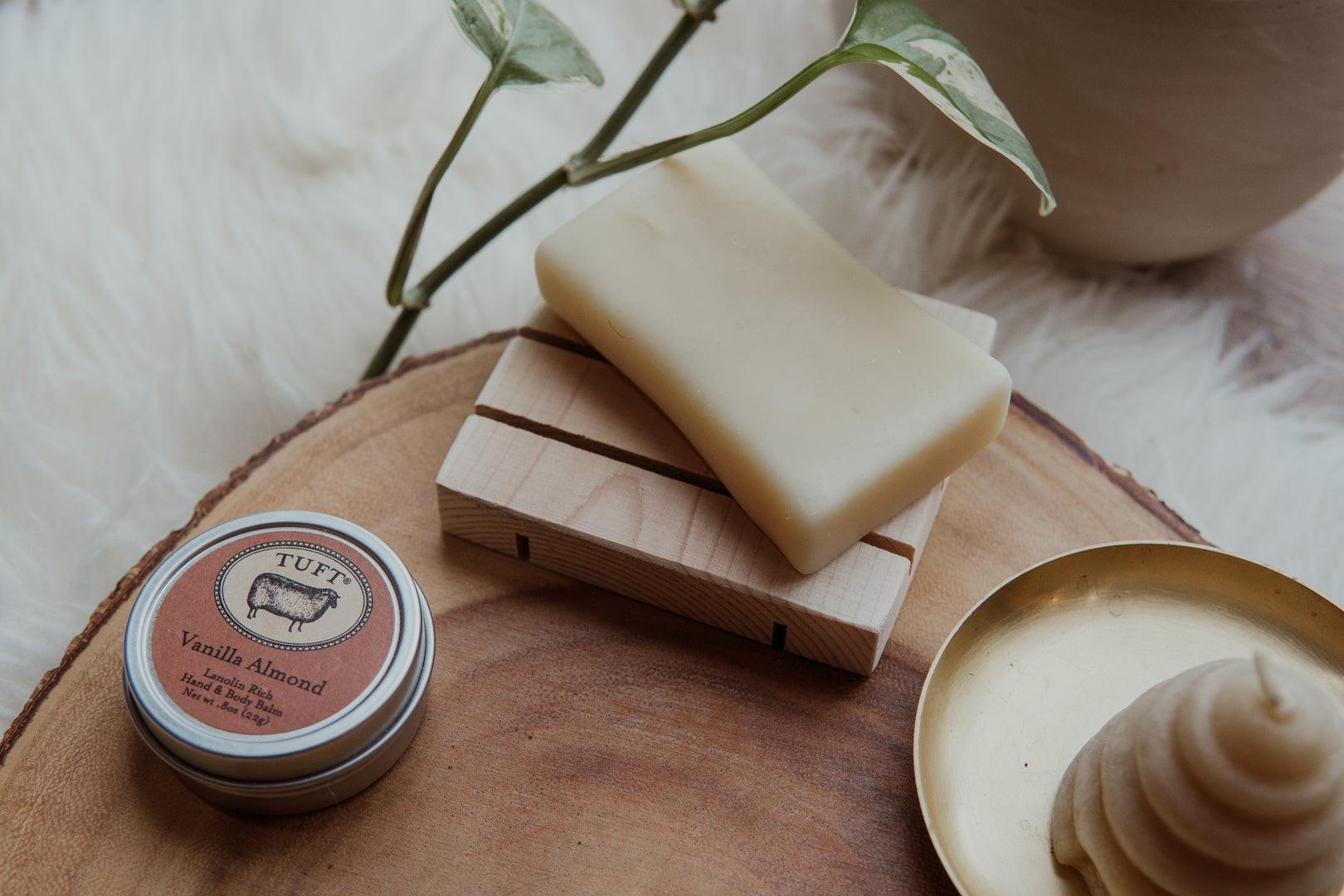4 ways to protect your knits from wool eating moths & carpet beetle damage
I’ve experienced first hand how horrible it is for my knits to be damaged by pests such as wool eating moths or carpet beetles. I once lost an entire lace-weight oversized shawl to carpet beetles. Prevention is everything in extending the life of your knits, and in this blog, I've outlined 4 key ways to protect your knits from pests!
Consider these crucial steps to determine where your knits are going to go for the warm season, so your garments will be ready to be worn for a long time to come.
1. Prepare your knits
Making sure your knits are clean and dry before storage will go a long way in keeping them safe. Check them over to confirm that they’re free of pest eggs, general debris, and body scents before storing them. All the repellants in the world won’t help if pests are already in the garment.
During this process, you'll also be setting a baseline by examining all your knits and their condition now,. When you take it out in the fall, you can inspect it and make sure everything is as it should be.
2. Store them carefully
Will you be storing your knits in a spare dresser drawer? In a big plastic bin? Do you have enough cloth or plastic bags to separate them? For brightly colored knits, especially hand dyed yarn, I like to store my knits separately with at most two items of similar colors in a single bag. You don't have to be fancy--I've literally used old pillow cases folded over twice to close, or even cut up sheets with holes in them to sew little quick baggies.
Make sure your storage space is clean, and that any debris or dirt is not present in those plastic bins and drawers.
If you have ever had any evidence of bugs in your home, I recommend totes with a seal around the lid opening that are marketed as weather proof.
Once your handknits are in their separate bags and the storage space is tidy, gently stack them inside and close it up!
3. Repell wool eating moths & carpet beetles
Using products like cedar blocks and essential oils (such as cedar, eucalyptus, and lavender) can help repel moths and other insects. I like to store my knits with cedar blocks or lavender sachets. If you have some old cedar blocks from previous years, sand them to refresh them. Dropping some additional cedar essential oil on them can also help to freshen them up.
Anything with plastic or polymer components (such as sock yarns, anything superwash, and acrylic yarns) are a lot less appetizing to pests, so I take fewer precautions with them. Cedar boxes are a good storage solution for these items.
That said, you do NOT have to buy a cedar box. Studies show that they actually have a pretty minimal effect in preventing damage compared to the other measures listed here such as total exclusion.
4. What if I already see damage from wool moths & carpet beetles?
If you’ve already seen moth or carpet beetle damage, wash the item, dry thoroughly, and transfer the item into deep freeze (0F / -18C). Any items stored nearby should also be treated. In the summer, you can also try putting your knits in a black plastic bag and putting it outside in direct sunlight for a couple of days. Keep in mind it will need to reach 120F / 50C to kill the pests.
Proper storage and pest prevention is critical to keeping your knits safe and avoiding damage. While keeping yarn and handknits stored like this is a lot less cute, it does wonders to keep them safe!




Leave a comment
This site is protected by reCAPTCHA and the Google Privacy Policy and Terms of Service apply.